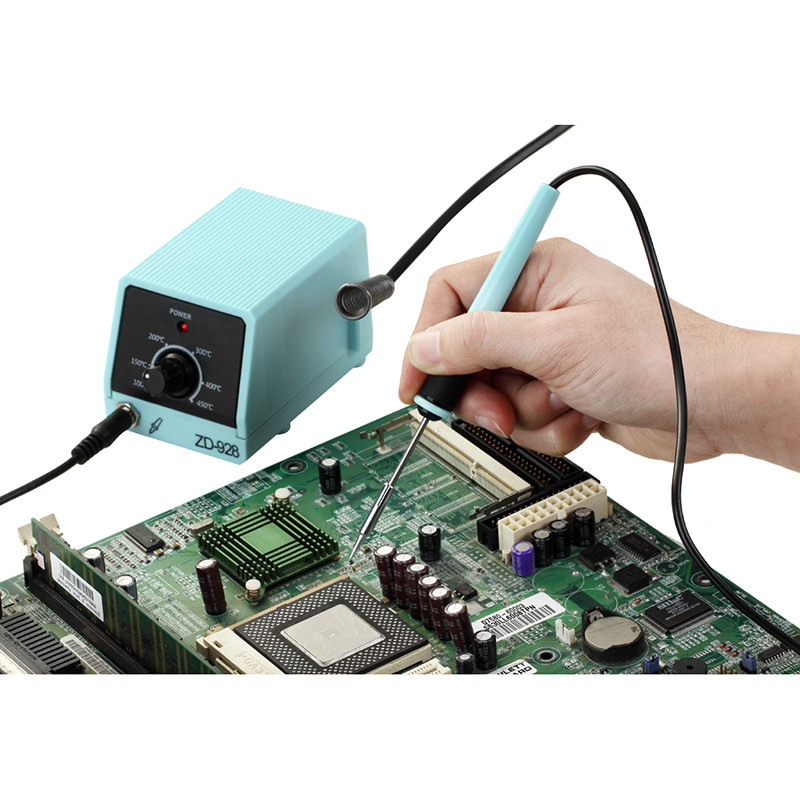In most cases, the biggest factor affecting the lifespan of soldering iron tip is the soldering temperature.
Before the formal implementation of RoHS regulations (restrictions on hazardous substances) on July 1, 2006, lead in solder wire is allowed. After that, the use of lead (and related substances) is prohibited except for the following equipment and processes: medical devices, monitoring and detection equipment, measuring instruments and equipment especially in military and aerospace fields including automotive sensors (automotive control systems and airbag products), railway transportation industry, etc.
The most common lead alloy tin wire is characterized by a melting point of about 180 degrees. The melting point of common lead-free alloy tin wire is about 220 degrees. The temperature difference of 40 degrees means that in order to complete a satisfactory solder joint in the same time, we need to increase the temperature of the soldering station (if the soldering time is increased, it is easy to damage the components and PCB board). The increase of temperature will reduce the service life of the soldering iron tip and increase the oxidation phenomenon.
The following figure shows the effect of temperature increase on the service life of soldering iron tip. Taking 350 degrees as the reference value, when the temperature increases from 50 degrees to 400 degrees, the service life of the soldering iron tip will be reduced by half. Increasing the service temperature of the soldering iron tip means that the service life of the soldering iron tip is reduced.
Generally, the soldeirng temperature of lead-free solder alloy is recommended to be 350 ℃. However, for example, because the size of 01005 mount device is very small, we recommend 300-degree soldering process.
The importance of accuracy
You should check the working temperature of the soldering station regularly, which can not only increase the service life of the soldering iron tip, but also avoid excessive temperature or low temperature soldering when soldering products.
Both can cause problems during soldering:
·Excessive temperature: many trained operators will think it is necessary to increase the soldering temperature to make up for the problem when they find that the solder cannot melt quickly. However, increasing the temperature will make the temperature in the heating area too high, which will lead to the warping of the pad, the excessive solder temperature, damage the substrate and the solder joints with worse quality. At the same time, it will increase the oxidation of the soldering iron tip and cause damage to the soldering iron tip.
·Too low soldering temperature may lead to too long residence time in the soldering process and worse heat transfer. This will affect the production capacity and the quality of cold solder joints.
Therefore, accurate temperature measurement is essential to obtain the preparation soldering temperature.
Post time: Apr-18-2022

